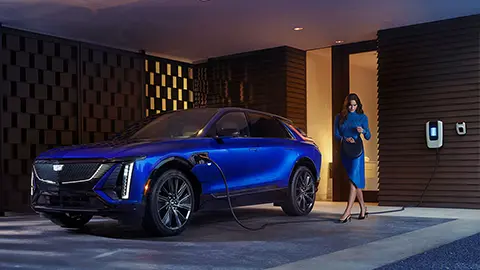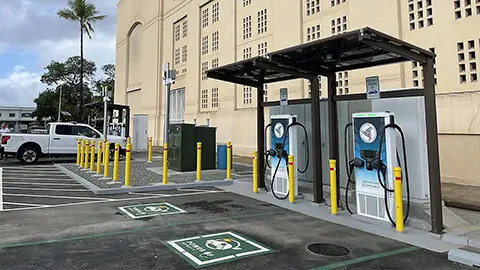Goodyear's New Tire is Mostly Made Up of Sustainable Materials
Goodyear recently unveiled a demonstration tire composed of 90 percent sustainable materials, ready for road use. The tire, wearing “better future” branding on its sidewalls, is made of a cocktail of 17 ingredients across 12 different components.
Its biggest innovation is a new sustainable form of carbon black – which reinforces the tire compound and helps lengthen the tire’s life. Traditionally made from burning petroleum products, the carbon black in the demonstration tire is produced from methane, carbon dioxide, plant-based oil, and recycled oil products from used tires. The use of this form of material reduces carbon emissions while still delivering the performance and longevity purchasers expect.

What Materials Are Used in the Creation of Goodyear's New Tire?
Soybean oil is also used in the construction of the tire to keep the rubber pliable in a wide range of temperatures. A bio-based resource, soybean oil further reduces the use of petroleum-based products in the tire. At the moment, almost all of the world’s soy protein is used in food and animal feed – but a significant surplus of soybean oil is left over from the processing of those products, and can be used in industrial applications like tires.
Silica, often used in tires to improve grip and reduce rolling resistance (and thus improve fuel consumption and range), is a common material used in tires. The new demonstration tire uses silica that is produced from rice hulk waste residue – a byproduct of rice processing that is normally discarded and put into landfills. Other resins used to enhance the tire’s traction performance, are also normally petroleum-based; they’ve been replaced with bio-renewable plant tree resins.
The demonstration tire’s “cords,” which form the backbone of its structure, are made from polyester, recycled from post-consumer bottles. The recycling process reverts the polyester into base chemicals, and they are reformed into a technical grade polyester for the tire structure. Bead wire and steel cords, which provide reinforcement and strength, are made of steel, produced using electric arc furnaces. This reduces the amount of energy used to process the steel, and allows for the use of higher recycled content. The arc furnace process reduces greenhouse emissions compared to the traditional method of using a blast furnace.

What Efficiency Improvements Does Goodyear's New Tire Offer?
In addition to the improvements in sustainability, these enhancements also improve efficiency. The demonstration tire was also tested to have lower rolling resistance when compared to a comparable tire made with traditional materials. Lower rolling resistance means the demonstration tire has the potential to offer even better fuel savings; greater efficiency also means more range for electric cars.
When will we see it on the road? The demonstration tire is a preview of a new tire Goodyear is working on that will launch in 2023, which will contain up to 70 percent sustainable-material content. The company says that achieving the 90 percent sustainable material content in the demo tire for production will require further work with the company’s suppliers. Further collaboration with its supply base is necessary to bring its innovative materials to the mass market – but Goodyear says that its goal is to introduce a 100 percent sustainable tire by 2030.
















